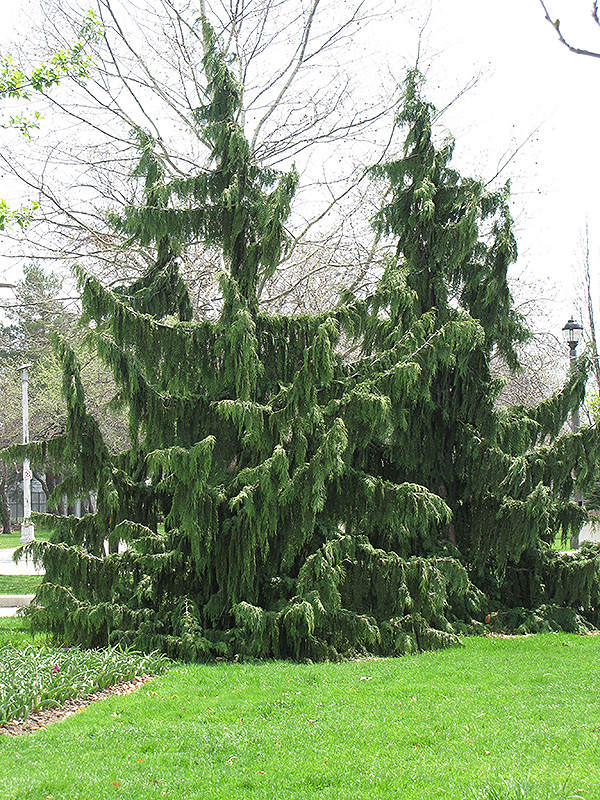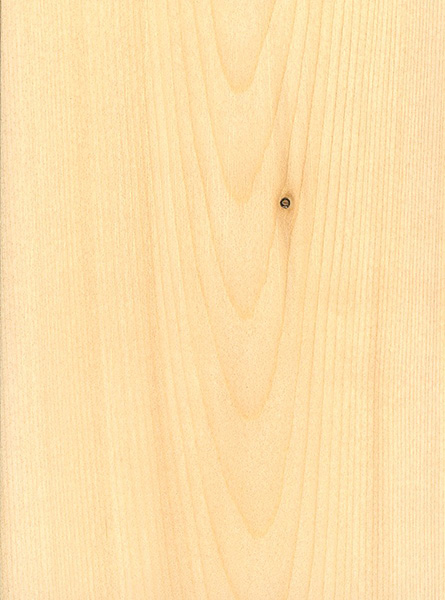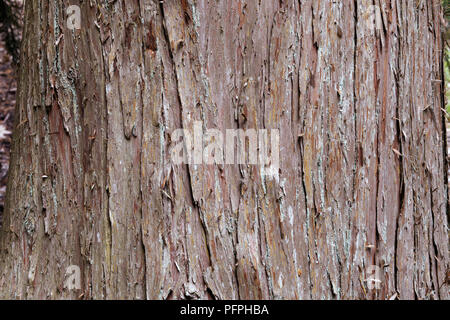

It is worth mentioning that botanists are still struggling

Each plant becomes a unique individual,Īnd each one is a prized specimen for the garden. Even more exotic is the variety called ‘GreenĪrrow’, where the weeping side branches head downwards the moment they leave For a striking specimen reaching about 30įeet in height, this is a top choice. It has anĪlmost unique combination of an upright trunk with weeping side branches that oftenĬascade all the way to the ground. More often called by its alternative name of Weeping Alaska Cedar. A remarkable form is the Weeping Nootka Cypress – Since it is much hardier that the ItalianĬypress, and grows well even in zone 4, these are great cypress trees allĪcross the northern states. More compact forms, of darker green, such as Emerald Isle, or the very hardyĪlthough the Nootka Cypress is not often grown in its wildįorm, because of its size, for lovers of the exotic and marvelous, there are some In some variations too, with different foliage colors, such as the beautiful That remarkable plant is among the fastest growing treesĪround, and it is widely grown today for hedging and screening. It was in suchĪ garden, in England, that a chance hybrid was created between them, creating

These are importantįorestry trees, but rarely grown in any but the largest gardens. Tree, the Monterey Cypress, Cupressus macrocarpa. Further south, into southern California, there is another Northwest they discovered vast forests of towering evergreens that turned out When explorers and naturalists arrived in the Pacific Sempervirens, this original cypress tree has some important relativesĪround the world, that are also called by botanists ‘ Cupressus’. It makes beautiful accent specimens, and hedges or screens too –Īs long as you live in zone 7, and preferably zone 8 or 9. This narrow column of dark green is a wonderful tree that is drought-resistantĪnd long-lived. The True CypressĪ superb tree, seen growing across Italy and southernįrance, is the original cypress tree, which we usually call Italian Cypress. System of scientific names, those different plants – what they are, and how best These ‘Cypress’ plants more closely, and try to sort out, with the help of the The name becomes a bit of a handicap, with so many variations. Gardening and start to look more closely at the plants available to you, then Once you become a little more involved in Rather like calling your postman ‘Jack’, because he happens Once exploration and settlement began, that name stuck to trees that looked only That wasn’t soīad when there were just the few trees like that which exist in Europe, but These ‘cypress’? The name is an old one, going back to the ancient GreeksĪnd Romans, and was applied to trees that were evergreen, with green branches,īut that didn’t have the obvious leaves of, say, an oak tree. Trees, but that name seems to cover many trees that look very different from

#Nootka cypress lumber full
Full sun to part shade lover, this plant is easily grown in average, moist, well-drained soils.A pleasure to look at year-round, this stately selection makes an excellent specimen conifer. When well sited, this Nootka Cypress is fast-growing and may easily add one or more feet (> 30 cm) in height and width per year. It bears an abundance of seed cones from a young age. In summer, its blue tips stand out against the rest of the foliage and create a lovely effect. Incredibly beautiful, Chamaecyparis nootkatensis 'Glauca' (Nootka Cypress) is a tall evergreen conifer forming a dense, conical tree with graceful sprays of soft blue-green foliage.


 0 kommentar(er)
0 kommentar(er)
